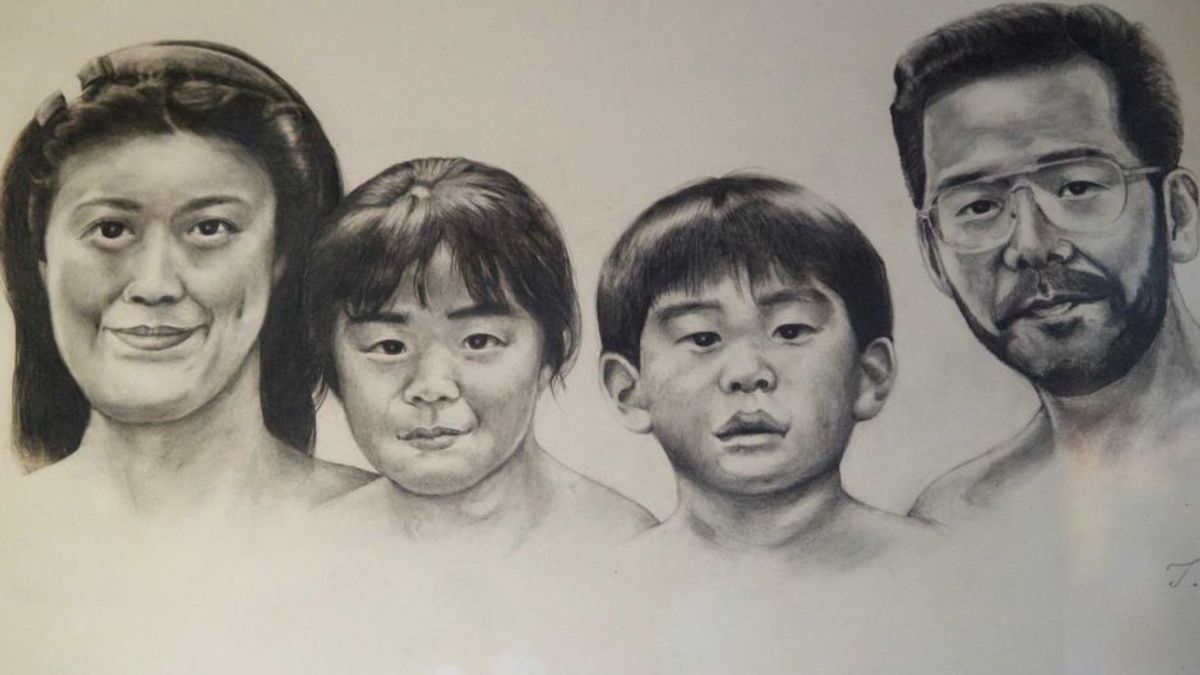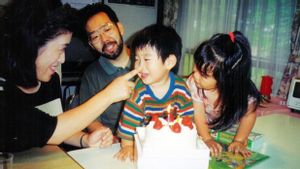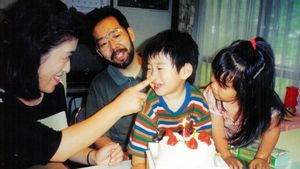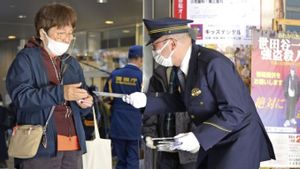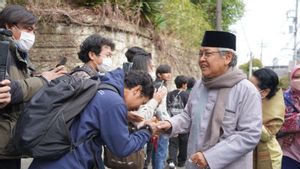JAKARTA - After killing the entire family of Mikio Miyazawa, the perpetrator did not immediately run away. He ransacked the entire house, took several hundred thousand Yen, and even stayed for about 10 hours. The perpetrator eventually fled and disappeared without a trace -- at least for 21 years.
The Setagaya Family Murder is what it is called. This case has caused a stir throughout Japan because 2 decades have passed, the perpetrators seem to be getting further away.
Mikio Miyazawa (44 years old); wife Yasuko (41 years); his daughter Niina (8 years old) and son Rei (6 years old) were found dead on the morning of December 31, 2000. Rei was strangled to death. The other three were stabbed to death. The perpetrators allegedly entered the house at 23:00 through a small window on the second floor.
Reporting from Japan Today, after committing the murder, the killer strangely stayed in the house and maybe for 10 hours. He left blood, fingerprints, unsanitized stools in the toilet, and various personal items that investigators usually call takara no yama (important evidence).
"He ate two cups of ice cream straight from the cup without a spoon. He scattered documents into the bathtub. He might be looking for something, or maybe he was just killing time before leaving," said retired police official Takeshi Tsuchida, who is the head of the Seijo Police station leading the initial investigation.
"Several hundred thousand yen is believed to have been lost, but the question remains, was the murder committed for financial gain, out of deep personal hatred or an act of deviant personality?" Tsuchida wondered.
There are a lot of things that actually don't make sense in this event. An example is the killer carrying gloves, but from the very beginning committed the killing with his bare hands.
The perpetrator also stabbed the victim with a slender knife, which is usually used to slice sashimi. Police say the blade is not suitable for stabbing humans.
The killer's DNA shows he had a father from an East Asian background and a mother with roots in southern Europe or the Adriatic Sea.
"If we can produce a photomontage (composite image) based on DNA, maybe someone in the environment might remember seeing it, and provide some useful clues," he said.
"When people ask me, 'What happened to the incident at Setagaya?' I'm at a loss for words. If we can't make facial images based on DNA, it's probably like we don't have any DNA at all. If we can track down this killer, I'm sure it will help to prevent similar crimes in the future."
SEE ALSO:
The English, Chinese, Japanese, Arabic, and French versions are automatically generated by the AI. So there may still be inaccuracies in translating, please always see Indonesian as our main language. (system supported by DigitalSiber.id)
